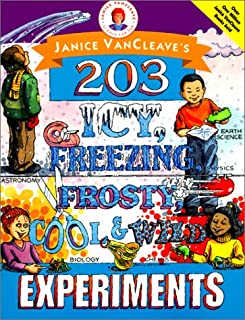A popcorn kernel has a hard outer shell called the pericarp. Inside the pericarp is the corn seed, which contains an embryo (living part that develops into a corn plant), endosperm (starchy food for embryo) and water.

When you heat popcorn by using a microwave, hot air or hot oil, the water inside boils producing water vapor. As more and more water vapor is produced the pressure of this gas causes the popcorn kernel to explode violently and turn itself almost completely inside out. The white stuff is the starchy endosperm.
Some popcorn kernels do not explode. These unpopped kernels are hard enough to break teeth and fillings and even cause choking. So be careful and do not try to bite into any unpopped kernels of popcorn in the bottom of the sack or bowl.
As scientists will do, they identified unpopped kernels as a problem and decided to find out why some kernels do not pop. In fact teams of scientists worked on the problem. Their starting hypothesis was that the pericarp was the problem, so they began studying the pericarp of different kinds of popcorn. Results confirmed that the pericarp of all corn is made of the same amounts and kinds of materials. One of the chemicals is cellulose, which is found in all plants. Cellulose is a carbohydrate, which is a compound made up of carbon, hydrogen, and oxygen.
It was discovered that when popcorn kernels are heated, the cellulose in the pericarp rearranges itself into an orderly solid known as a crystal. The crystalline covering is more water-tight than was the cellulose in its original structure, which is only partially ordered.
Why some popcorn kernels are better poppers than others depends on how orderly the cellulose in their pericarp becomes when heated. The best poppers have cellulose that’s especially good at turning into crystals. Those with less orderly cellulose allows the steam to escape.
